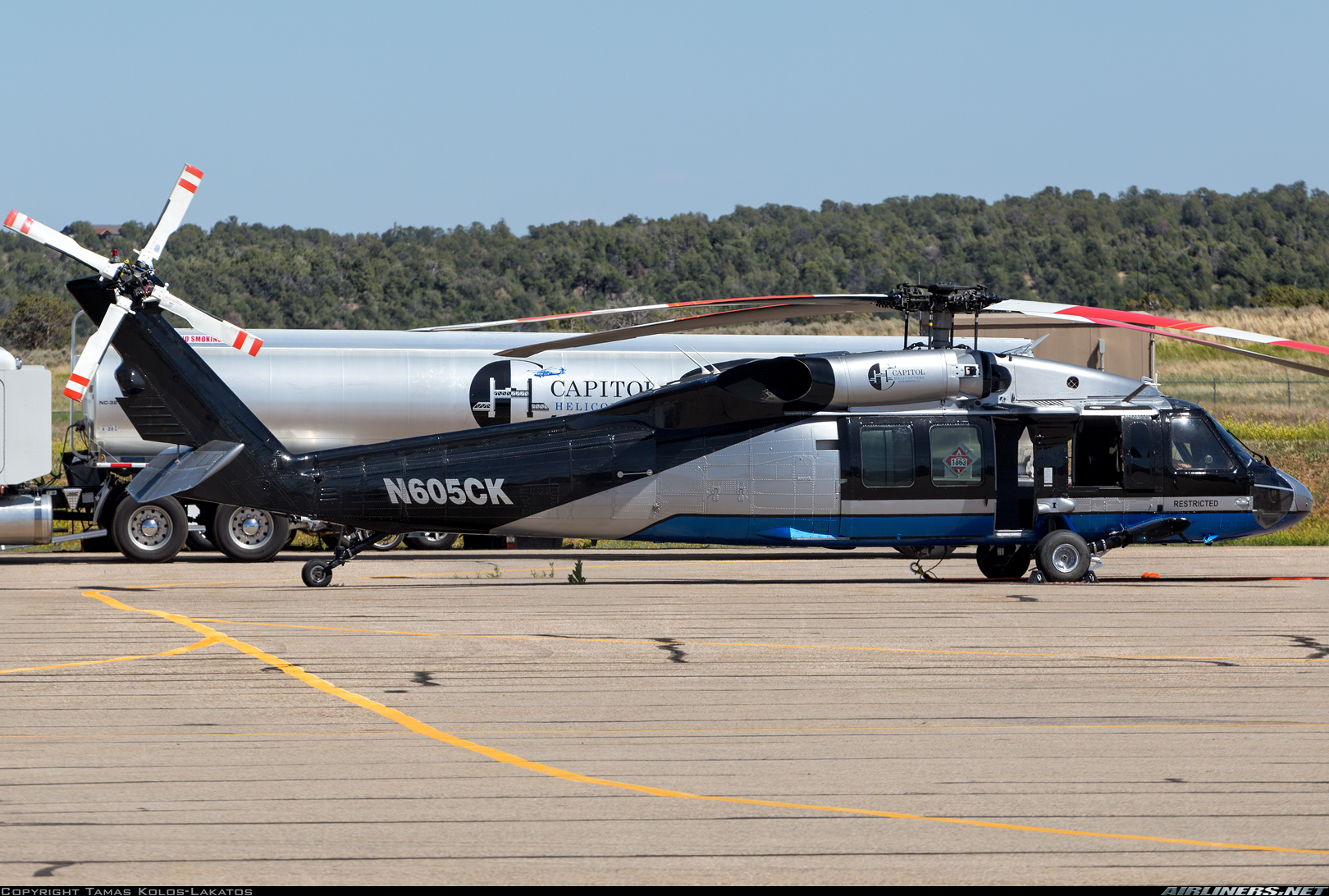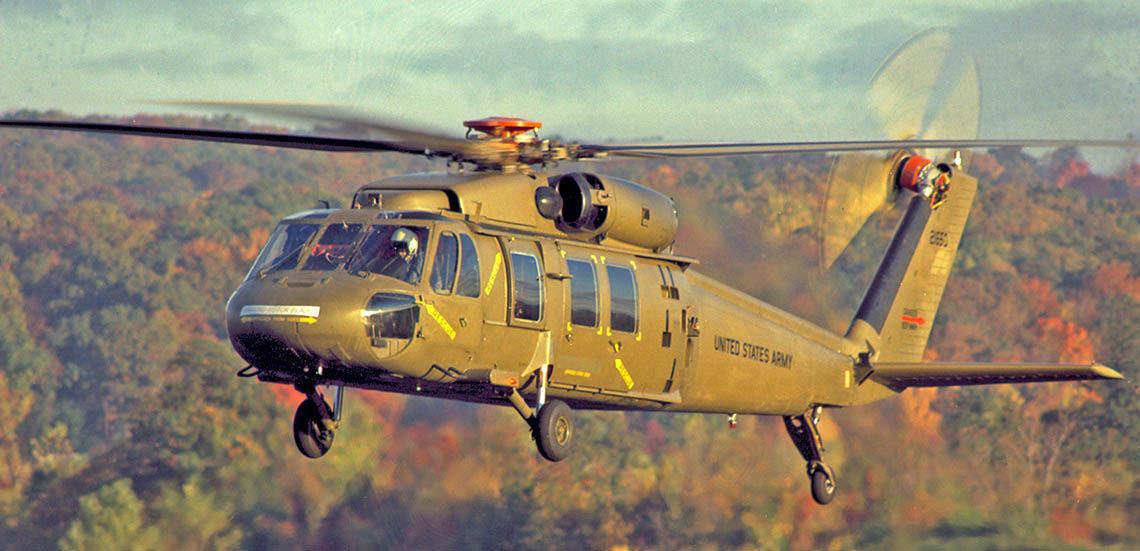How the Sikorsky S 70 Sticks Out in the Helicopter Market
How the Sikorsky S 70 Sticks Out in the Helicopter Market
Blog Article
High-Performance Multi-Role Rotorcraft Featuring Advanced Cockpit Technologies and Integrated Sensing Unit Systems
The world of rotorcraft innovation has actually seen notable developments in recent times, particularly in the realm of high-performance multi-role rotorcraft geared up with sophisticated cockpit technologies and effortlessly integrated sensing unit systems. These technologies have not only enhanced the operational abilities of rotorcraft however have actually additionally dramatically influenced modern-day aviation operations on different fronts. From improved objective convenience to boosted functional efficiency, the merging of advanced cabin modern technologies and integrated sensor systems has ushered in a new era of possibilities for rotorcraft applications. In the adhering to discussion, we will certainly check out the development of rotorcraft innovation, dig right into the realm of sophisticated cockpit developments, and analyze the implications of integrated sensing unit systems on the operational flexibility and efficiency of modern rotorcraft.
Development of Rotorcraft Modern Technology
The development of rotorcraft modern technology has been noted by significant innovations in aerodynamics, products, and propulsion systems, shaping the capacities and performance of modern-day rotorcraft. Aerodynamic enhancements have actually boosted the efficiency and maneuverability of rotorcraft, permitting for boosted rate, agility, and security throughout trip (sikorsky s 70). Technologies in materials, such as using composite products and advanced alloys, have actually resulted in lighter yet stronger rotorcraft structures, enhancing overall performance and sturdiness. In addition, advancements in propulsion systems, including a lot more effective engines and cutting-edge propulsion modern technologies, have actually enabled rotorcraft to achieve higher elevations, faster speeds, and better payloads.
These innovations have not only transformed the abilities of rotorcraft but have also increased their applications throughout numerous sectors, consisting of military, business, and emergency situation solutions. The constant evolution of rotorcraft technology remains to drive development in the field, pressing the limits of what is possible and shaping the future of upright flight.
Advanced Cockpit Innovations
Building upon the fundamental innovations in the rules of aerodynamics, products, and propulsion systems, the realm of rotorcraft modern technology now moves emphasis towards introducing Advanced Cockpit Innovations. The combination of sophisticated modern technologies within the cockpit atmosphere plays an essential function in boosting the operational abilities, safety and security, and performance of contemporary rotorcraft. sikorsky s 70. Advanced Cabin Innovations incorporate a wide selection of functions made to offer pilots with improved situational recognition, structured data monitoring, and instinctive control interfaces
Among the key advancements in cockpit layout is the implementation of glass cockpits, which replace typical analog determines with high-resolution displays. These digital systems offer personalized designs, real-time information assimilation, and enhanced readability, making it possible for pilots to gain access to crucial details at a look. Progressed avionics systems, such as fly-by-wire controls and enhanced fact displays, are reinventing just how pilots connect with the aircraft, enabling for exact control and improved decision-making abilities.


Incorporating innovative cabin innovations not just enhances pilot efficiency yet additionally adds to total objective effectiveness and safety and security in complicated operational settings. By leveraging modern innovations within the cockpit, rotorcraft makers are setting brand-new requirements for operational quality and mission success.
Integrated Sensor Equipments
With the evolution of rotorcraft modern technology, the integration of advanced Integrated Sensor Systems has actually come to be paramount in boosting functional efficiency and safety. These Integrated Sensing unit Solutions include a broad array of technologies that supply use this link vital information for numerous features such as navigating, surveillance, targeting, and environmental monitoring. By flawlessly incorporating sensing units like radars, cams, lidar, and infrared systems into rotorcraft, operators can benefit from enhanced situational recognition, enhanced objective capabilities, and decreased pilot work.
One secret advantage of Integrated Sensor Equipments is their capability to collect real-time information and provide actionable understandings to pilots and goal operators. Advanced radar systems can find and track targets over long ranges, allowing for early threat discovery and effective reaction planning. In addition, integrating infrared and electro-optical cameras enables rotorcraft to conduct reconnaissance and monitoring missions with precision and accuracy.
Basically, the assimilation of cutting-edge sensor technologies into rotorcraft not just enhances operational efficiency yet also contributes substantially to general objective success and crew safety. As rotorcraft remain to progress, the role of Integrated Sensing unit Solution will unquestionably stay at the forefront of advancement in the aerospace industry.
Operational Adaptability and Effectiveness
Enhancing functional versatility and efficiency in rotorcraft is a natural progression from the integration of advanced Integrated Sensor Equipments. By leveraging the information and understandings supplied by these advanced sensing unit systems, rotorcraft can enhance their efficiency across different missions and settings.
Functional adaptability includes the ability of rotorcraft to adjust to different duties and situations efficiently. With innovative cockpit innovations and incorporated sensing unit systems, rotorcraft can seamlessly transition between jobs such as search and rescue, medical emptying, surveillance, and much more. This versatility improves the rotorcraft's capability to meet varied operational demands without requiring considerable reconfiguration.
Performance in rotorcraft procedures is crucial for making best use of objective performance and resource utilization. Integrated sensing unit systems play a critical duty in enhancing functional efficiency by supplying real-time data on weather condition conditions, surface mapping, target monitoring, and much more. This data enables pilots to make enlightened decisions swiftly, enhance flight courses, preserve gas, and enhance total objective performance.
Influence on Modern Aeronautics Workflow

Furthermore, the assimilation of innovative sensors promotes enhanced objective planning and implementation, making it possible for rotorcraft to carry out a wide variety of jobs with enhanced accuracy. From search and rescue operations to airborne firefighting and police missions, the capacities of modern rotorcraft furnished with sophisticated cockpit modern technologies and integrated sensing pop over to these guys unit systems are unmatched.
In addition, the influence of these developments expands beyond functional effectiveness to cost-effectiveness and sustainability. By optimizing flight courses, fuel consumption, and maintenance routines, high-performance rotorcraft equipped click for source with sophisticated cockpit modern technologies and sensors add to decreasing functional costs and environmental effect, making them important assets in contemporary aeronautics operations.
Conclusion
In final thought, the high-performance multi-role rotorcraft with advanced cockpit modern technologies and integrated sensor systems stands for a significant development in aviation technology. These technologies boost functional versatility and effectiveness, inevitably influencing modern aeronautics procedures in a favorable means. The integration of these sophisticated modern technologies enables enhanced capabilities and efficiency in different objective situations, showcasing the continued development of rotorcraft modern technology in the aeronautics sector.
The world of rotorcraft modern technology has actually seen significant developments in current times, particularly in the realm of high-performance multi-role rotorcraft geared up with cutting-edge cabin modern technologies and seamlessly incorporated sensing unit systems. From improved objective flexibility to boosted functional performance, the convergence of advanced cabin technologies and incorporated sensor systems has ushered in a brand-new period of opportunities for rotorcraft applications. In the following conversation, we will check out the advancement of rotorcraft technology, dig right into the realm of innovative cabin technologies, and analyze the ramifications of incorporated sensor systems on the operational convenience and effectiveness of modern rotorcraft.

Report this page